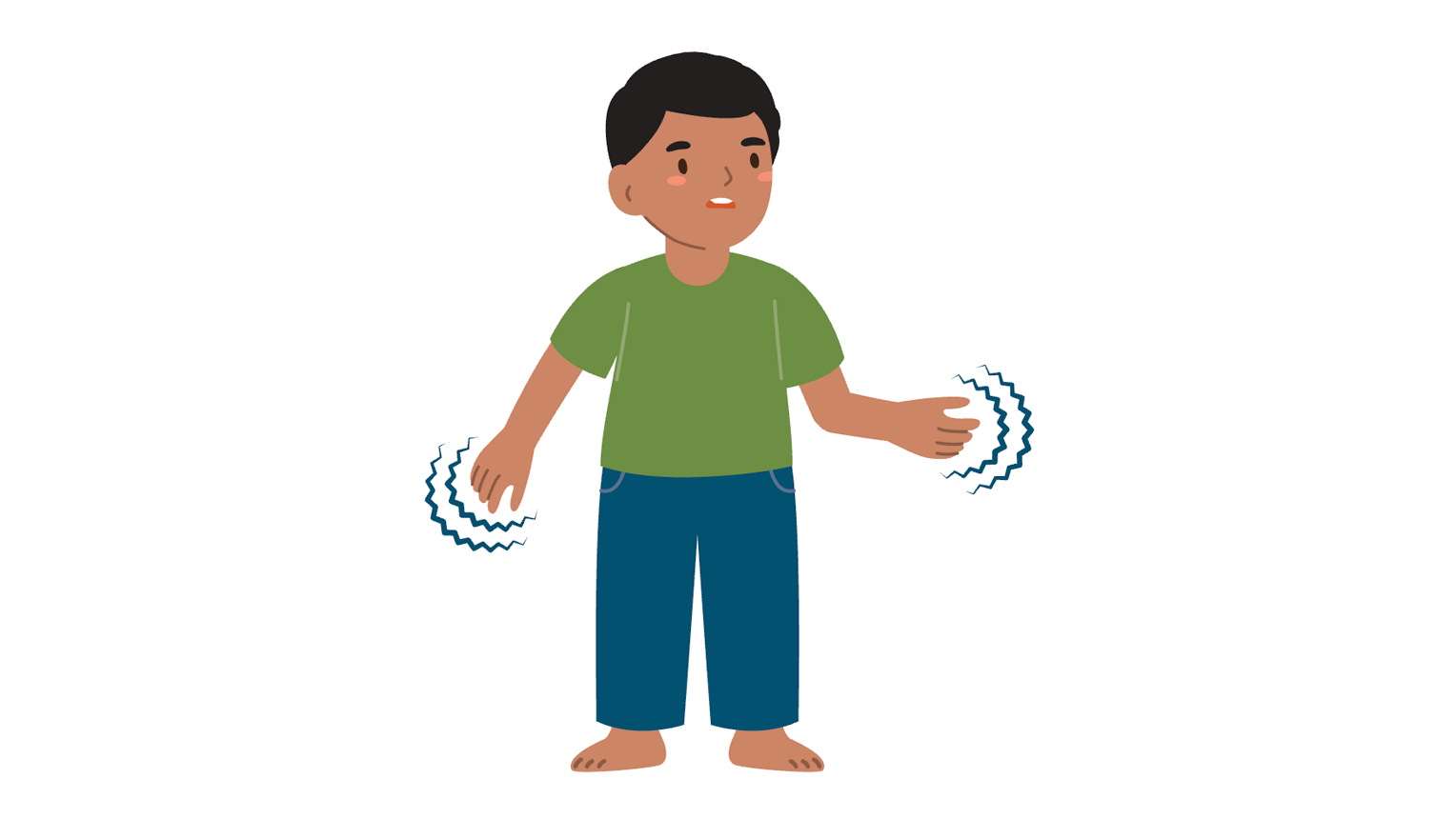It’s important to recognize the signs and symptoms to diagnose urgently1

It’s important to recognize the signs and symptoms to diagnose urgently1
The life expectancy for metachromatic leukodystrophy (MLD) is tragically short2
Symptoms can be difficult to identify, and the disease progresses rapidly, so be vigilant of the early signs of MLD.4 Each MLD subtype (late infantile, early and late juvenile, and adult) has specific symptoms and rates of progression. However, all forms are progressive and fatal if left untreated.4,5
Patients with MLD can appear healthy at birth, so look closely and act quickly.3 If you spot symptoms, order a urine sulfatide test to rule out a neurometabolic disorder, such as MLD
Below are some symptoms of MLD based on subtype.
Select a subtype of MLD to explore its associated potential symptoms and see how they may appear in a patient affected by MLD.














A patient presenting these symptoms could have MLD. Be sure to order a urine sulfatide test to rule out a neurometabolic disorder, such as MLD
References: 1. Fumagalli F, Calbi V, Natali Sora MG, et al. Lentiviral haematopoietic stem-cell gene therapy for early-onset metachromatic leukodystrophy: long-term results from a non-randomised, open-label, phase 1/2 trial and expanded access. Lancet. 2022;399:372-383. 2. Mahmood A, Berry J, Wenger DA, et al. Metachromatic leukodystrophy: a case of triplets with the late infantile variant and a systematic review of the literature. J Child Neurol. 2010;25(5):572-580. 3. Gieselmann V, Krägeloh-Mann I. Metachromatic leukodystrophy – an update. Neuropediatrics. 2010;41:1-6. 4. Biffi A, Cesani M, Fumagalli F, et al. Metachromatic leukodystrophy-mutation analysis provides further evidence of genotype-phenotype correlation. Clin Genet. 2008;74:349-357. 5. Metachromatic leukodystrophy. National Organization for Rare Disorders. Accessed April 17, 2025. https://rarediseases.org/rare-diseases/metachromatic-leukodystrophy/#symptoms 6. Gomez-Ospina N. Arylsulfatase A deficiency. In: Adam MP, Feldman J, Mirzaa GM, et al, eds. GeneReviews® [internet]. University of Washington; 1993-2024. Revised April 25, 2024. Accessed April 17, 2025. https://www.ncbi.nlm.nih.gov/books/NBK1130/ 7. Gajbhiye V, Lamture Y, Uke P. Infantile metachromatic leukodystrophy (MLD): a rare case. Cureus. 2022;14(22):e33155. 8. von Figura K, Gieselmann V, Jaeken J. Metachromatic leukodystrophy. In: The Metabolic and Molecular Bases of Inherited Disease, Volume 3. 8th ed. McGraw Hill, 2001:3695-3724. 9. Wang RY, Bodamer OA, Watson MS, et al. Lysosomal storage diseases: diagnostic confirmation and management of presymptomatic individuals. Gen Med. 2011;13:457-484. 10. Eichler F, Sevin C, Barth M. Understanding caregiver descriptions of initial signs and symptoms to improve diagnosis of metachromatic leukodystrophy. Orphanet J Rare Dis. 2022;17:370. 11. Fumagalli F, Zambon AA, Rancoita PMV, et al. Metachromatic leukodystrophy: a single-center longitudinal study of 45 patients. J Inherit Metab Dis. 2021;44:1151-1164. 12. Harrington M, Whalley D, Twiss J, et al. Insights into the natural history of metachromatic leukodystrophy from interviews with caregivers. Orphanet J Rare Dis. 2019;14:89. 13. Metachromatic leukodystrophy. National Institute of Neurological Disorders and Stroke. Accessed April 17, 2025. https://www.ninds.nih.gov/health-information/disorders/metachromatic-leukodystrophy?search-term=MLD.

